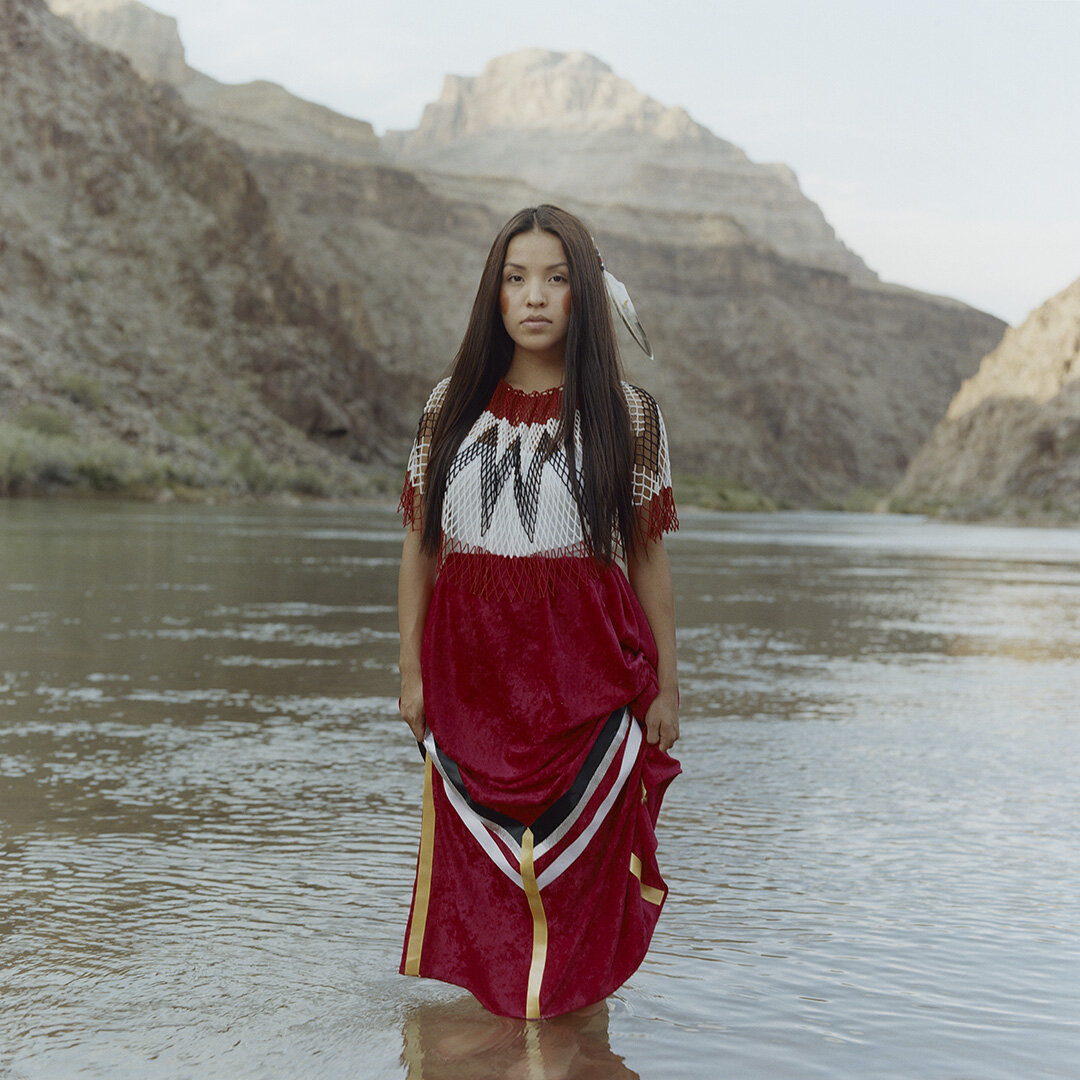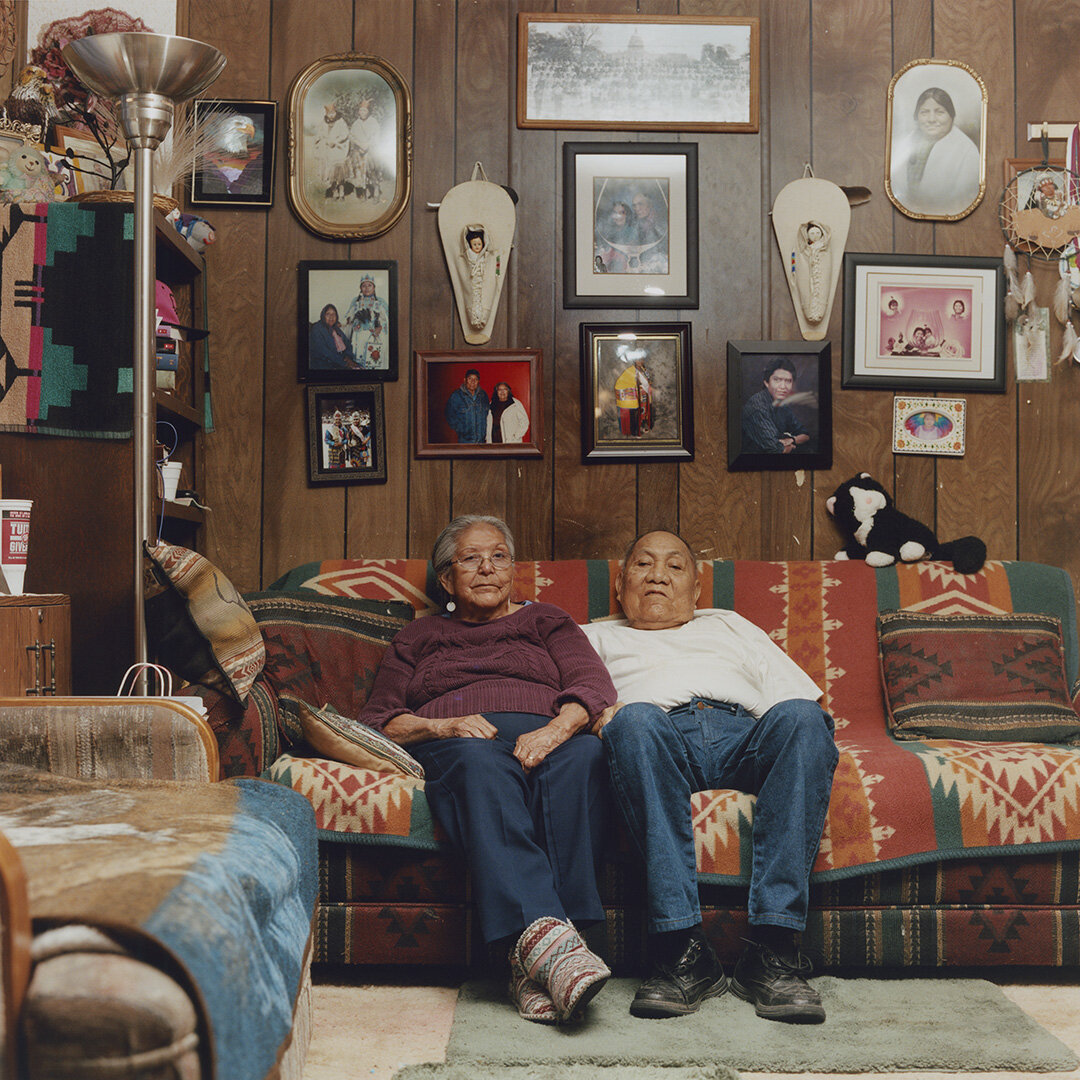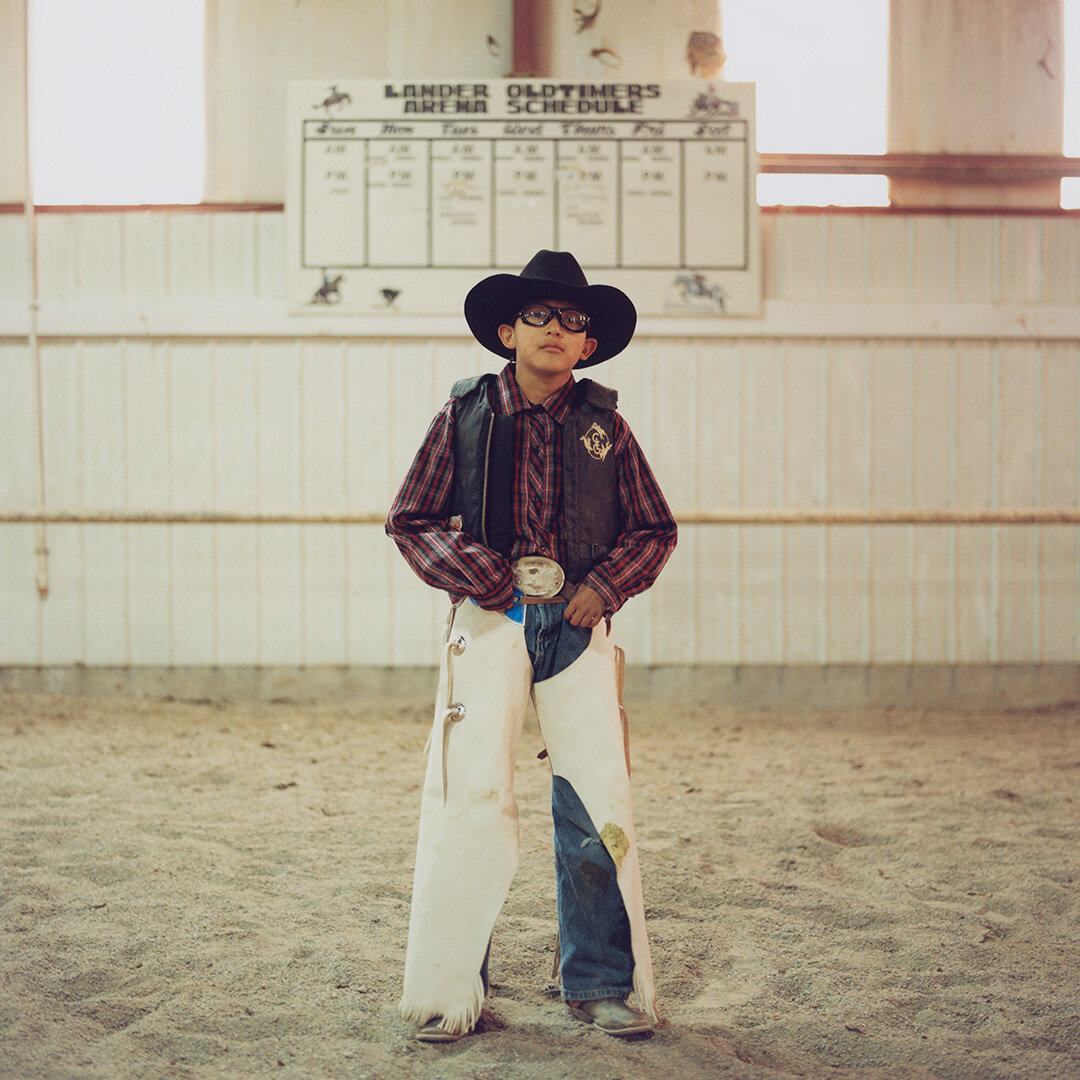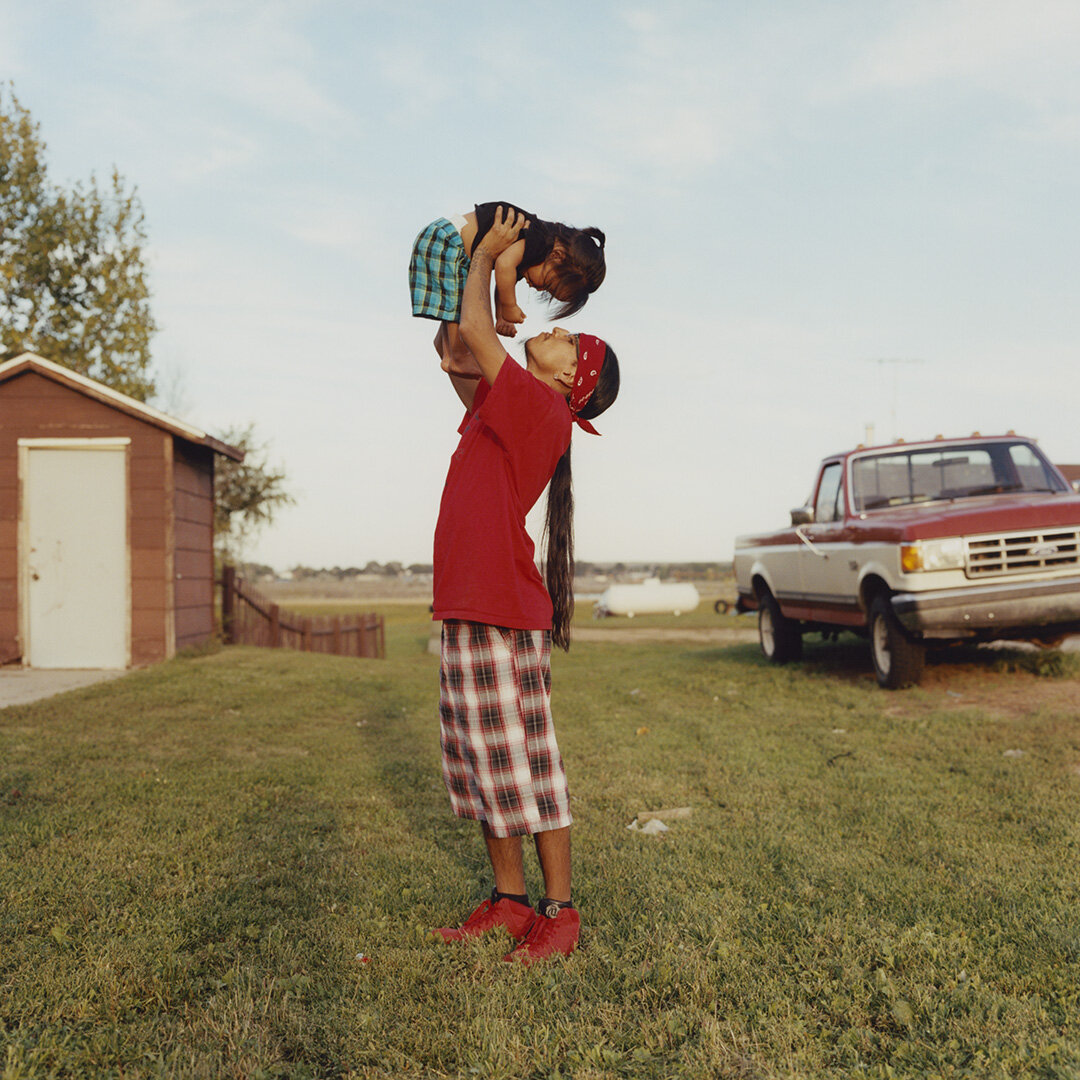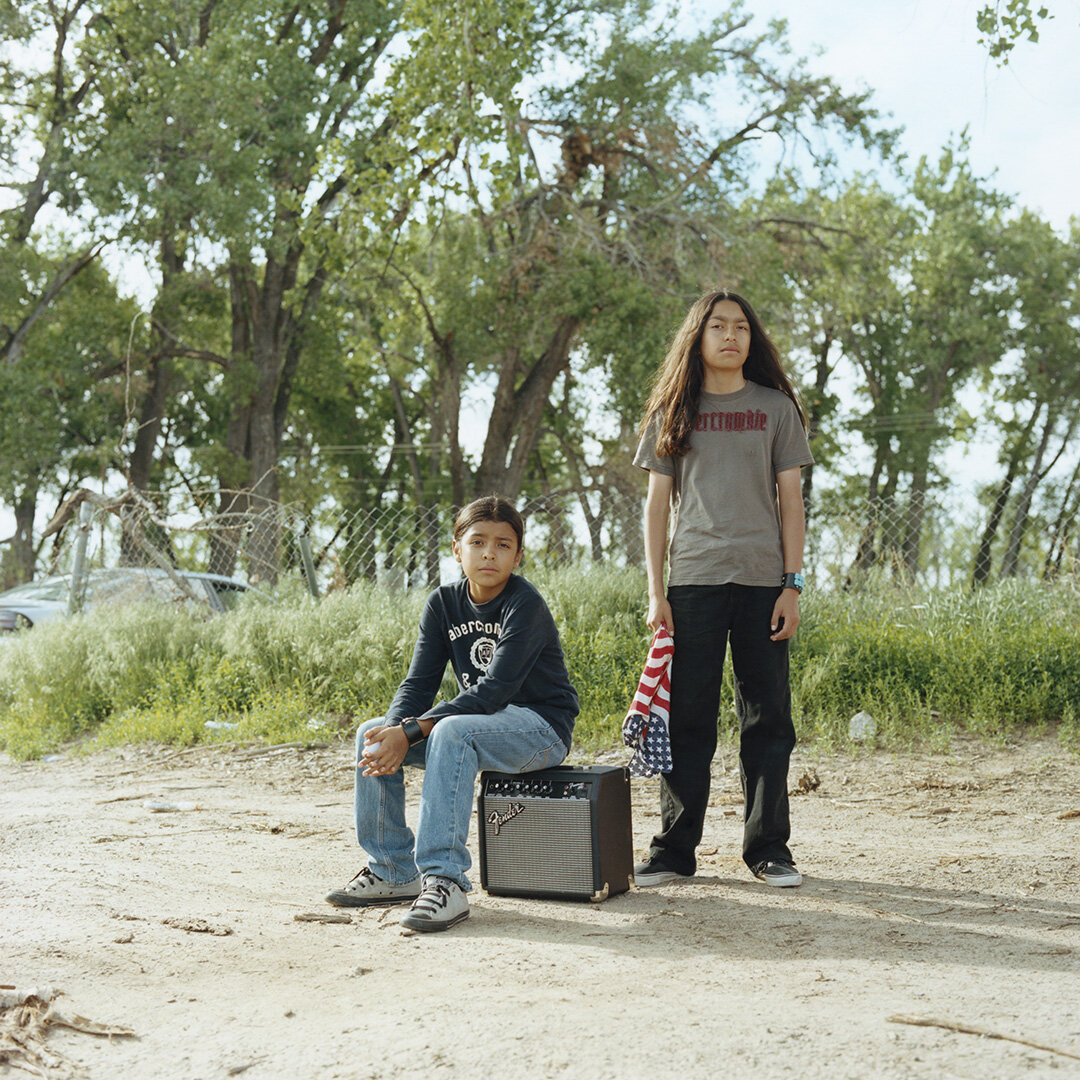The Red Road Project
The Red Road Project is a collaborative project between Carlotta Cardana and Danielle SeeWalker.
Can you introduce us to The Red Road Project? What was the motivation behind it?
The Red Road Project’s purpose is to document, through words & visuals, the inspiring and resilient stories of people and communities within Native America. More times than not, stories about Native American people and communities are told by a non-Native perspective. These stories are often times focused on the adversities which in turn creates low self-esteem and perpetuates stereotypes. Our motivation was to counteract this and inspire positivity within these communities and people.
Danielle you mention that being Native American has helped in your access to the stories of Indigenous Americans. Can you share more about this?
As mentioned earlier, most reportage and storytelling of Native people and communities is by non- Native people. Another consequence of this is misrepresentation or solely focus on the advertise which in turn creates a massive mistrust of the media. The fact that I am from this community, I am not looked at as an “outsider” and that immediately formed a sense of trust and bond. In general, we have experienced this firsthand when Carlotta would approach people separately when I was not present, she would be treated much differently and not able to get access to the community. When I would show up and introduce myself, the attitudes would change and people would become much more approachable.
Travis Goldtooth, also known as Buffalo Barbie, is a two-spirit Dinéman and an advocate for LGBTQ rights within theNative American community.He was the 2019 Miss Montana Two-Spirit and used this platform to speak to other Natives on the blessings of being a two-spirited person.
How do you choose which stories to feature? In what ways are the stories you hear creating an overall portrait?
In the beginning when we started this project, we were looking for individual stories of resilience and optimism in Native communities that could create inspiration for others. Our work has evolved and we wanted to expand beyond just individual stories but highlight communities that are collectively taking a stand against issues today such climate change, land loss and activism in general. You can see examples of this with our work in Isle de Jean Charles and also with the Winnemem Wintu Tribe in California. We have found that these communities now have access to tools, resources and a new awareness that wasn’t there before and we wanted to help amplify their stories.
How has one story led to the next?
When we first began the project, we started in Danielle's hometown and met with her family. They had some ceremonial events going on and there was also a powwow happening that weekend so we knew there would be ample people to talk to. It was pretty incredible how after we would speak with one person, they would say "hey, you should meet my friend in Navajo Nation...." or "you really need to meet my grandma, she has done this....." and the way the stories were collected was so organic; it was truly grassroots and word of mouth. Indian Country is very small and everyone is somehow connected and knows one another so networking was the approach we took.
Fast Eddie (left), a powwow dancer, is pictured with social media celebrity, Two Braids. Their portrait is an excellent visual depiction of how Native American youth walk in "two worlds"; they keep their traditional customs intact while blending into contemporary youth culture of 21st century America
Carlotta can you share how you work with each person to make sure they are choosing how they want to be photographed? Why is this so important to the mission of The Red Road Project?
I don’t just go in and take a photograph right away; there is a lot of pre-work done, relationship building and listening. I want to speak to them first, ask them questions and learn about their background. When it comes to the portrait, I like to give them control on creative decisions. For instance, I ask them to wear whatever represents them and makes them feel their best and I want to shoot them in a location or place that is meaningful and important to them. We discuss each element that goes into the portrait together versus me directing the entire thing. If I were to make a comparison to the commercial world, I am the Photographer and they are the Creative Directors.
On your website you have various topics that you cover, how did you choose these topics? How does covering stories within these topics help shift the narrative of Native Americans as portrayed in the media?
Going into this project, we didn’t have a list of topics identified. Instead, we went in with an open mind and learned through years of field work that those themes were constant no matter what region, tribe or community we were working with. In terms of these topics and how they are portrayed from our perspective versus the media is that we not only cover the adversities, but we provide a historical context that offer insight to why these issues are there to begin with. We feel that is huge gap in mainstream media. We cannot deny that Indigenous communities have problems, but no one ever talks about WHY these problems are happening. If one wants to find a solution, one needs to identify the root cause of the problem to start healing. This is also why we chose to highlight positive stories because it shows the people and communities working together to find solutions.
Ocelia and Mark are in their late 70’s and two of the oldest people to reside on Isle de Jean Charles, Louisiana. The couple sits on their porch on an October afternoon while Mark strums his guitar. In his younger years, he was a source of entertainment for the community when he would play Hank William Jr. songs at the local dance hall. They are a couple almost untouched from the modern world and speak a fascinating mix of broken Southern English and French, very unique to this part of the United States.
What has been like to collaborate on this project?
It’s been very easy and natural to collaborate on this project because we have been friends for over 20 years. We have a mutual trust, bond and a similar perspective on the world. We know each other very well and approach ideas in a similar way while still using our individual talents and ideas to complement one another. Danielle has the perspective of being Native American while Carlotta has a non-Native perspective which is very interesting because that is the bridge we are trying to build through our work. While it’s been easy for the two of us to work together, we have had our challenges emotionally hearing many tough and intimate stories and being on the road for weeks at a time. We couldn’t imagine working with on a project like this with someone you don’t know well or have a close connection with.
Ta'Sheena (Hunkpapa Lakota) wears traditional regalia made by her and her mother and sits in her childhood bedroom in Bismarck, North Dakota. Today, Danielle works as a Judge for the Cheyenne River Sioux Tribe. During law school, she participated in several Native American pageants as a way to earn scholarships for college, but also to represent herself and other young women from her tribe. The ribbons in the background reflect some of her winning titles.
What are your future plans for The Red Road Project?
The Red Road Project is still a work in progress. There are still stories we want to cover but the world situation is pausing this at the moment since we both live on two different continents and travel is quite non-existent. We had a few events schedule this year including an exhibition and lectures scheduled but are hoping to resume those in 2021. Eventually we want to publish a book and create a traveling exhibition back to the Native communities of our final work, but we don’t feel like our work will ever come to a complete end because there will always be stories needing to be told.
To keep up to date with the latest work from Carlotta Cardana and Danielle SeeWalker on The Red Road Project Follow along here:

